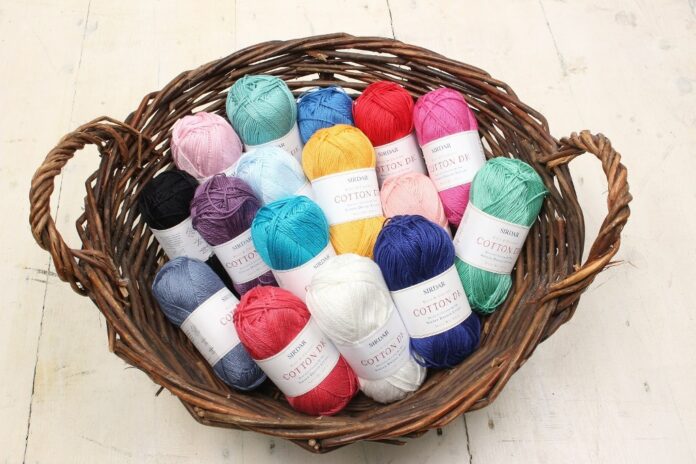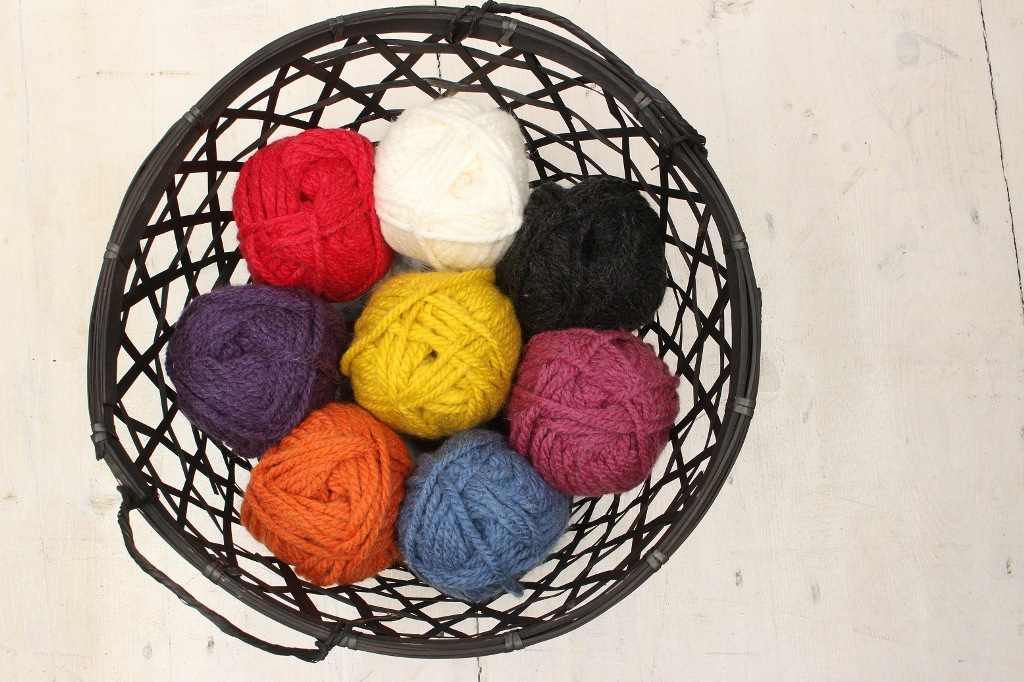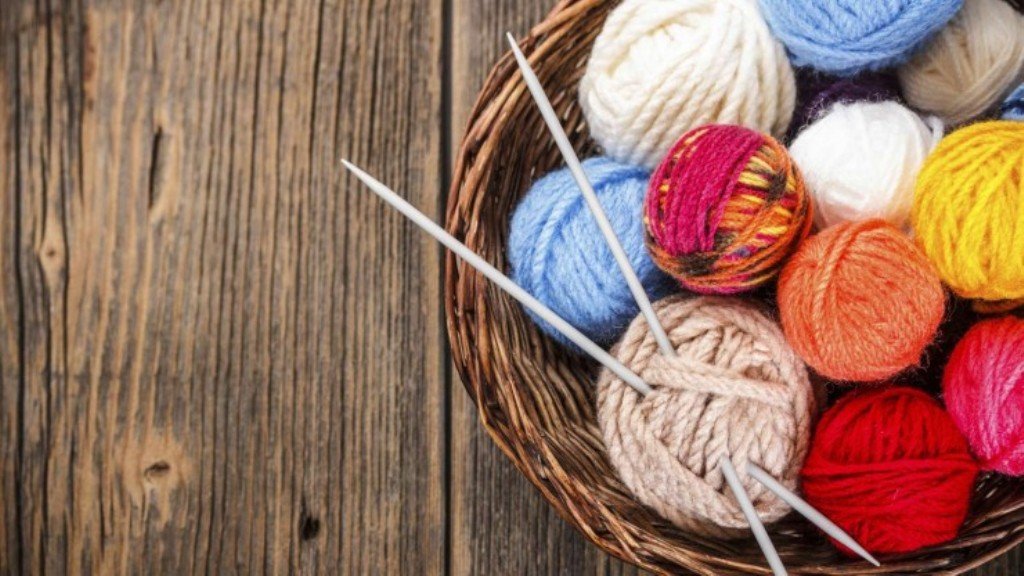There used to be a time in which everyone you knew would have the ability to knit. We are speaking of a time long ago, of course, as knitting has largely fallen by the wayside as a modern hobby. Having said that, knitting isn’t all about keeping your elderly loved ones busy. While knitting is great for elderly individuals, as can be evidenced by the number of great products sold via CraftOnline, it is actually an incredibly beneficial hobby for anyone to take up. Today, we are going to give you an introductory course on knitting. We will discuss the materials you need, the terms you must know, and what to expect when you first begin to learn.
Beginner’s Knitting: 101.
If you’ve spent any measure of time shopping on the internet, you’ve likely come across the platform known as Etsy. Etsy is one of the largest craft retail spaces on the internet and, likely, in the entire world. Etsy has helped to provoke a resurgence in crafting, including knitting, and that is doing wonders for getting young people involved in the hobby. Now, having said that, you might still need to brush up on your knowledge. Let’s go step-by-step in order to introduce you to the world of knitting.
Let’s take you through a multi-step plan in order to get you ready to knit your first masterpiece.
1) Selecting Your Materials – In order to get started on your knitting journey, you are going to need access to quality crafting materials. We already highlighted one of the top online crafting retailers in the world, so take some time in order to explore their page. As you navigate through the world of knitting supplies, pay special attention to a few important categories. You’ll need to be on the lookout for needles and knitting yarn, primarily, though there are other accessories that may help you out during your journey. Once you’ve got an idea of what you are looking for, add a few products to your cart and smash the ‘checkout’ button. You’ll have your knitting supplies in no time. Until your knitting supplies arrive, you can spend your free time focusing on learning some key information about knitting.
2) Understanding Different Yarn – Your eyes are going to deceive you! As it turns out, all yarn is not made equally. There is a wide variety of yarn options from Mary Maxim available to you depending on what you are aiming to accomplish during your time knitting. Today, we are going to highlight a few of the most common and effective yarn fiber types available for purchase. While you can knit with just about any type of yarn, knowing what your material is good for is going to be beneficial in the long run.
a) Wool – The most popular of all yarn fiber is simple wool. Wool is warm, durable, and easy to work with. Wool also tends to hold its shape and this can be ideal for beginners looking to learn the foundation of the hobby.
b) Cotton – While still common, cotton is less favorable than wool. Cotton is strong and breathable but it does not block that well during your knitting process. cotton is great for making summer clothing and accessories.
c) Acrylic – This is probably the best choice for beginning knitters. Acrylic is a man-made fiber but it is easy to use, easy to wash, and affordable to purchase. Put plainly, acrylic should be the first yarn fiber that you purchase.
d) Silk – Finally, we have the upscale yarn known as silk. Silk is the most expensive type of yarn available but the appearance that it offers is impossible to ignore. Silk is great for projects that are geared toward the summer. Silk is lightweight and slippery, so don’t start with this type of yarn.
Aside from the different fiber materials, you’ll also want to pay attention to the yarn weight and gauge of the supplies that you are ordering. Your yarn’s weight will impact how much you need to use in order to craft your project. Lighter-weight yarn will go further but wear easier. The gauge of your yarn decides how tightly or loosely your final product is. If you are knitting a sweater, for example, you’ll want a higher gauge. A scarf, on the other hand, does not need heavier-duty gauges.
3) Key Knitting Terms – Once you have a handle of the different yarn fibers available to you, you are going to begin your knitting lessons. While you won’t become a professional seamstress overnight, having a solid foundation of knowledge can help you on your journey. In order to make sure that your knitting journey is a successful one, you need to understand a few key terms. Let’s outline the most important knitting terms, below.
a) Cast-on (CO) – This term refers to when you create stitches on your needle. Your CO will be the way that you start every row upon which you craft your project. You’ll see this term used in every knitting tutorial on the web.
b) Bind-off (BO) – This term refers to when you finish a row by closing your stitches together and pulling them off of your needle.
c) Knit Stitch – This is the core stitch that you will need to learn. Simple to learn and easy to implement, the Knit Stitch is the foundation of everything else that you are going to be doing.
d) Purl Stitch – Opposite of the Knit Stitch, the Purl Stitch is just as important of a technique to learn.
Learning how to knit is a great craft that can provide you with tangible benefits for years to come. Not to be misconstrued as some sort of elderly hobby, knitting is a viable craft that everyone owes it to themselves to try. Whether you want to craft your own clothing or you want to make something special for the one you love, knitting can be a viable hobby that gives you what you need!




















